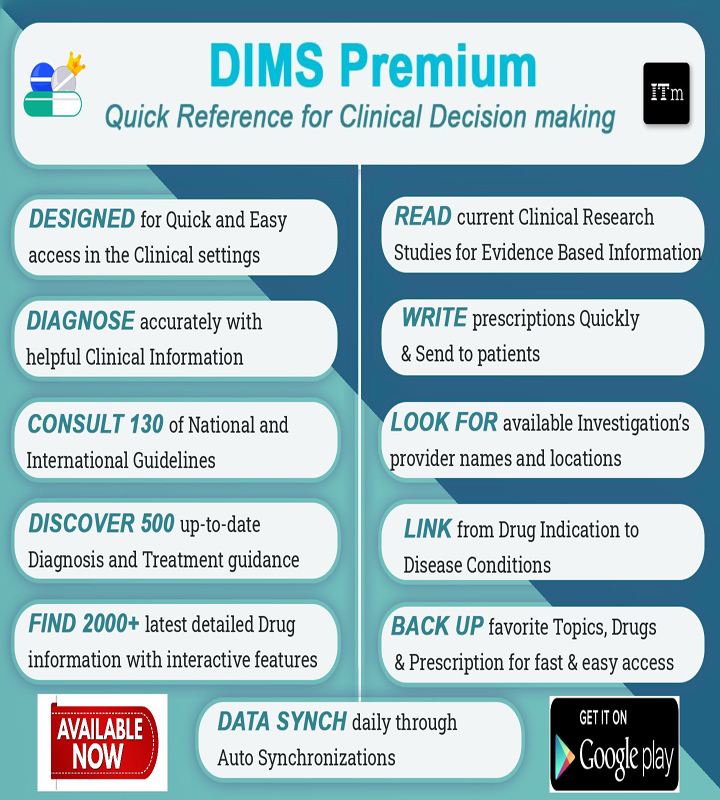Evaluating Primary Treatment Outcomes in Individuals Presenting With Advanced Glaucoma
Ophthalmology: The American Academy of Ophthalmology: Published:
January, 2024
Sight loss from glaucoma is often
preventable with early diagnosis and treatment. Reducing IOP is the only proven
effective treatment for glaucoma. Better IOP control at an early stage reduces
the risk of further progression.
Primary treatment options for
advanced glaucoma are mainly medical or surgical interventions. The Preferred
Practice Patterns of the American Academy of Ophthalmology do not recommend a
specific treatment approach for those presenting with advanced disease whereas
the European Glaucoma Society (EGS) Guidelines suggests trabeculectomy can be
considered in cases presenting with advanced glaucoma.
In the UK, the National Institute
for Health and Care Excellence (NICE) guidelines suggest patients presenting
with advanced disease should consider trabeculectomy as a primary intervention but
cite poor evidence to support this recommendation.
The authors carried out a
multi-centre randomised controlled trial (RCT) to compare primary medical
management against primary trabeculectomy for people presenting with advanced
OAG evaluating patient reported outcomes, clinical effectiveness and safety.
TAKE-HOME MESSAGE
This
article reported the 5-year results from the Treatment of Advanced Glaucoma
Study.
Of note,
primary trabeculectomy was more effective in reducing intraocular pressure and
controlling visual field loss over 5 years than initiating medical treatment in
patients with previously untreated advanced glaucoma, with a comparable safety
profile.
The authors conclude that trabeculectomy should be considered as a primary treatment option in patients presenting with advanced glaucoma.
Conclusion
At 5 years TAGS has demonstrated
that primary trabeculectomy surgery is more effective in lowering IOP and
preventing disease progression than primary medical treatment in patients
presenting with advanced disease and has a similar safety profile.
Doctors Liked to Read More
Purpose: to
determine whether primary trabeculectomy or medical treatment produces better
outcomes in term of quality of life (QoL), clinical effectiveness and safety in
patients presenting with advanced glaucoma.
Design: multicentre
randomised controlled trial PARTICIPANTS: between June 3, 2014 and May 31,
2017, 453 adults presenting with newly diagnosed advanced open angle glaucoma
in at least one eye (Hodapp Classification) were recruited from 27 secondary
care glaucoma departments in the UK, 227 were allocated to trabeculectomy and
226 to medical management.
Methods: participants
were randomised on a 1:1 basis to have either mitomycin C augmented
trabeculectomy or escalating medical management with intraocular pressure
reducing drops as their primary intervention and followed up for 5 years.
ISRCTN registry: ISRCTN56878850.
Main outcome measures: The primary
outcome was vision-specific quality of life measured with Visual Function
Questionnaire-25 (VFQ-25) at 5-years.
Secondary outcomes: general
health status, glaucoma related QoL, clinical effectiveness [intraocular
pressure (IOP), visual field (VF), visual acuity (VA)] and safety.
Results: At 5 years
the mean VFQ-25 in the trabeculectomy and medication arms were 83.3 (SD 15.5)
and 81.3 (SD 17.5) respectively, mean difference 1.01, (95% CI -1.99 to 4.00);
p=0.51. Mean IOPs were 12.07 ( 5.18) mmHg and 14.76 (4.14) mmHg respectively,
mean difference -2.56 (95% CI -3.80 to -1.32); p<0.001. Glaucoma severity
measured with visual field mean deviation were -14.30 (7.14) and -16.74 (6.78)
dB respectively, mean difference 1.87 (95% CI 0.87 to 2.87) dB, p<0.001.
Safety events occurred in 115 (52.2%) in the trabeculectomy arm and 124 (57.9%)
in the medication arm, relative risk 0.92 (95% CI 0.72 to 1.19); p=0.54.
Serious adverse events were rare.
Conclusion: At 5 years
TAGS has demonstrated that primary trabeculectomy surgery is more effective in
lowering IOP and preventing disease progression than primary medical treatment
in patients presenting with advanced disease and has a similar safety profile






Comments
You must login to write comment